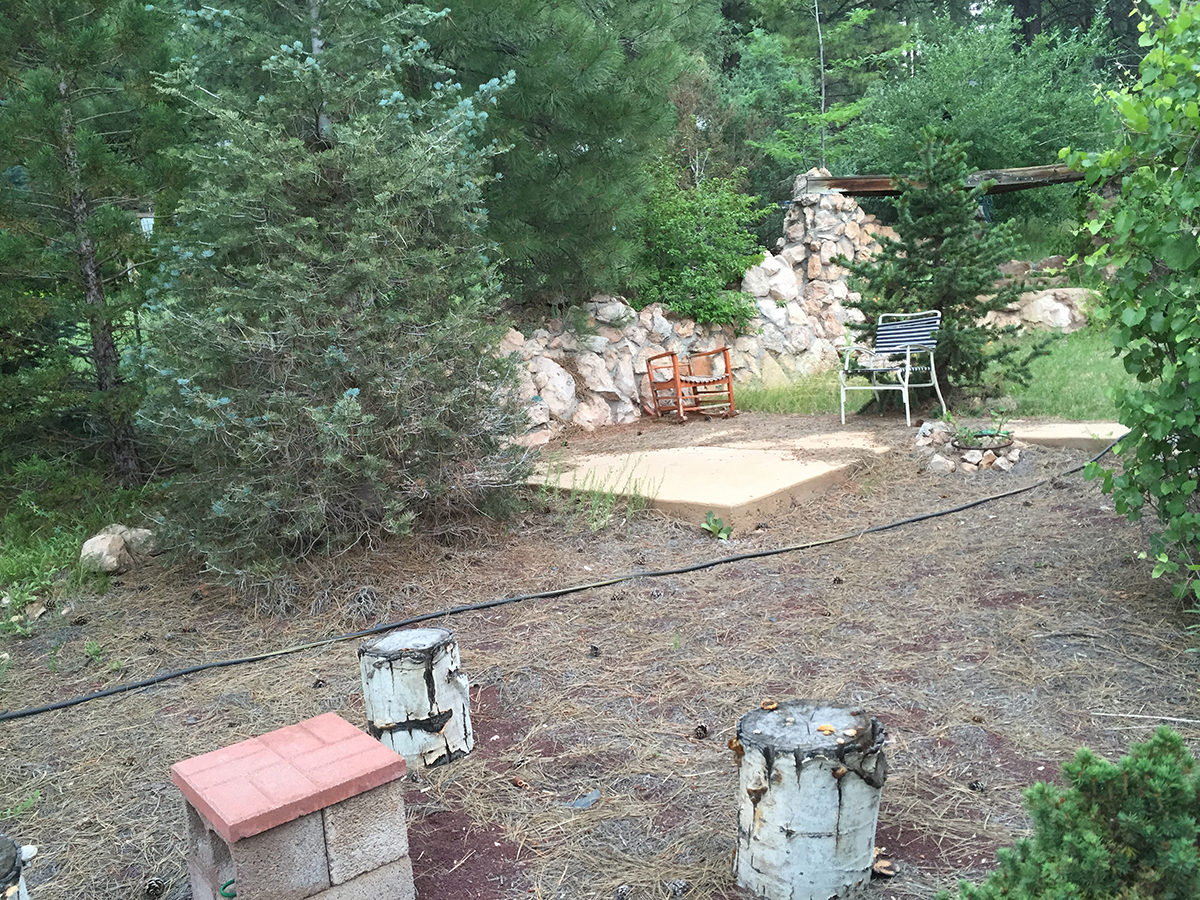Conifers are tenacious. They populate the harshest of environments, dig their roots into the smallest cracks in a rock, and cling there for the next several hundred or thousand years. They have existed longer than flowers in the history of Earth, and they are still dominant in many ecosystems of the world. Since they are evergreen, they maintain their leaves through snows that bury them. They shed the weight of snow and rain and continue to reach toward the sky with straight trunks, proud and tall. The variation among conifers is astounding. There is always a new type and appearance to discover. They are the largest single-bodied organisms to ever live. Redwoods soar to nearly 400 feet, and the Sequoia’s very name is giganteum. Conifers come in every color of green between blue and yellow. Their leaves can be long and graceful, short and stubby, pointed or arrayed in vast fans, scaly or smooth. They can tolerate shade and sunlight. They persist in droughts and rainforests. They are the very defining boundary of the tundra. They give shade that you can rest in, a ladder-like maze that you can climb, or simply a nice ornament to your landscape. Their scent is fresh and moist. Conifers provide some of the greatest carbon storage reservoirs on earth. They also can make some of the best building materials and some of the best firewood to keep the cold nights of winter at bay. Their wood is beautiful with swirling lines of dark and amber. The bark of a conifer can come in any variety of textures and colors from the silver skins of an Alligator Juniper to the spongey white of Corkboard Firs to the fragrant bark of a Ponderosa Pine that turns a stately red as the tree passes 75 years of age with dignity. The smell of the Ponderosa Pine bark can only be found if there is a deep crevice in the bark, but it hints at vanilla, caramel, or even chocolate-the best of scents. I built a path in my property with the sole intent of being able to enjoy this smell. I have used their needles and their cones to create landscapes in my garden, and a fence of Junipers surrounds the property to give beauty and privacy to the house. Elsewhere, you will find the conifer court where I surrounded an old tetherball court with high elevation conifers because they are among the few plants I am not actually allergic to. This is quite honestly the origin of my liking of conifers and why I planted them in the first place: to avoid allergies and block the allergen-bearing winds. I have watched these plants slowly transition from the height and qualification of bush to trees in their own right. They have gone through drought (lots of these) and flood (not so much). I have observed each inch of their persistent upward journey, rejoiced at their new growth, and bemoaned the untimely arrival of late frosts. I have trimmed and watered them, whispering words of encouragement. They are friends to me as old and true as any human ones that I have. They are the one thing I consider to be my legacy as they will continue to grow there well beyond my death. I have even joked that if the house were ever to pass to an owner outside the family, I would place plaques at the base of each conifer to ensure no one ever cut them down. Over the whole court, the Ponderosas guard and drip their poisons from above, challenging each planted conifer to dare to persist in their kingdom. Each has risen to the challenge with beauty and grace. I love the glowing green of the Douglass Fir’s new growth. The perfect conical shape of the Alberta Spruce has been the envy of my mother’s search for Christmas trees for years. The white dots and surprisingly rapid growth of Bristlecone Pines continues to catch me off guard even though I should expect it after so many years. The White Fir is soft and the Sequoia scaly. They compete to supremacy as the tallest of my planted conifers. The Blue Spruce is its own combination of ambition, and patience. It has the most colorful personality. The Limber Pine shelters a gnome and moss that you would never expect to grow in our desert with its graceful needles and limbs. Mugo Pines light the path with their candelabra growth. The Hoopsy Spruce twists and turns in a stately game of Twister as it stands guard over the vinca, itself invincible, or so it seems.

Ode to Conifers
by
Tags: